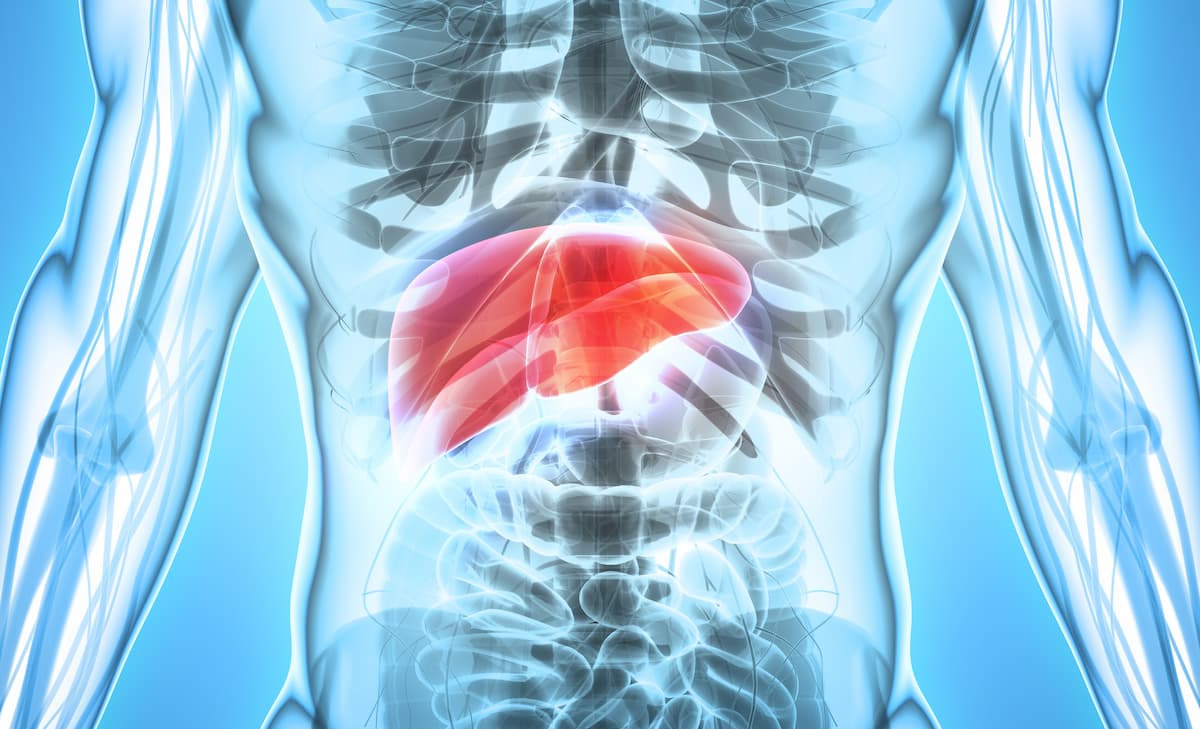
FDA Approves Tremelimumab Plus Durvalumab in Unresectable HCC

Based on results from the phase 3 HIMALAYA trial, the FDA has approved tremelimumab plus durvalumab in patients with unresectable hepatocellular carcinoma.
The FDA has approved tremelimumab (Imjudo) and durvalumab (Imfinzi) for patients with unresectable hepatocellular carcinoma, according to a press release from the FDA.1
Results from the phase 3 HIMALAYA trial (NCT03298451) helped lead to the approval, with investigators reporting a 22% reduction in risk of death compared with those receiving sorafenib (Nexavar; HR, 0.78; 95% CI, 0.66-0.92; P = .0035).2 Additionally, results showed after 3 years, 31% of patients were alive vs 20% of those treated with sorafenib.
“Patients with unresectable liver cancer are in need of well-tolerated treatments that can meaningfully extend overall survival. In addition to this regimen demonstrating a favorable three-year survival rate in the HIMALAYA trial, safety data showed no increase in severe liver toxicity or bleeding risk for the combination, important factors for patients with liver cancer who also have advanced liver disease,” principal investigator Ghassan Abou-Alfa, MD, MBA, attending physician at Memorial Sloan Kettering Cancer Center, said in the press release.
A total of 1324 patients were randomly assigned to 4 different treatment arms: 300 mg of tremelimumab plus 1500 mg of durvalumab every 4 weeks (T300+D) (n = 393); durvalumab monotherapy at 1500 mg every 4 weeks (n =389); sorafenib monotherapy at 400 mg every day; and tremelimumab at 75 mg every 4 weeks for 4 doses plus durvalumab every 4 weeks.
The primary end point was overall survival (OS) for T300+D vs sorafenib, with key secondary end points including OS for durvalumab vs sorafenib, progression-free survival (PFS), objective response rate (ORR), duration of response (DOR), and safety.
Between the T300+D, durvalumab, and sorafenib group, the majority of patients were male (83.2% vs 83.0% vs 86.6%). The median age was 65.0, 64.0, and 64.0 years. Most patients had an ECOG performance status of 0 (62.1% vs 60.9% vs 62.0%). In the T300+D group, 37.7% of patients were PD-L1 positive along with 39.6% in the durvalumab group and 38.0% in the sorafenib group.
The median OS in the T300+D group was 16.4 months compared with 13.8 months in the sorafenib group (HR, 0.78; 95% CI, 0.65-0.92; P = .0035). In the T300+D group, the median duration of follow-up was 33.18 months (95% CI, 31.74-34.53) compared with 32.23 months (95% CI, 30.42-33.71) in the sorafenib group. At 18 months the OS rate was 48.7% vs 41.5%, at 24 months it was 40.5% vs 32.6%, and at 36 months it was 30.7% vs 20.2% in the T300+D and sorafenib groups, respectively.
The median OS for the durvalumab group was 16.6 months vs 13.8 months for the sorafenib group (HR, 0.86; 95% CI, 0.73-1.03). The median duration of follow-up was 32.56 months (95% CI, 31.57-33.71) in the durvalumab group and 32.23 (95% CI, 30.42-33.71) in the sorafenib group. At 18 months the OS rate was 47.4% vs 41.5%, at 24 months it was 39.6% vs 32.6%, and at 36 months it was 24.7% vs 20.2% in each respective cohort.
Grade 3/4 adverse effects (AEs) occurred in 50.5% of patients in the T300+D group, 37.1% in the durvalumab group, and 52.4% in the sorafenib group; grade 3/4 treatment-related AEs (TRAEs) occurred in 25.8%, 12.9%, and 36.9% of patients, respectively. TRAEs leading to death occurred in 2.3% in the T300+D group, 0.0% in the durvalumab group, and 0.8% in the sorafenib group, with TRAEs leading to discontinuation in 8.2%, 4.1%, and 11.0% of patients, respectively.
Treatment-related hematologic AEs of grade 3 or higher in the T300+D group included aspartate aminotransferase increase (AST; 2.3%), alanine aminotransferase increase (ALT; 1.0%), blood bilirubin increase (0.3%), and international normalized ratio increase (0.3%). For durvalumab, the most common were ALT (1.3%) and AST (2.3%) increases. Frequent toxicities in the sorafenib arm were AST (1.6%) and ALT (0.8%) increase, blood bilirubin increase (0.5%), and hepatic encephalopathy (0.3%).
The most common grade 3/4 immune-mediated AEs (IRAEs) in the T300+D group were hepatic events (4.1%), diarrhea or colitis (3.6%), dermatitis/rash (1.8%), and pancreatic events (1.8%). In the durvalumab cohort, the most common IRAEs included hepatic events (4.4%), dermatitis/rash (0.3%), and adrenal insufficiency (0.8%).
References
- Imjudo (tremelimumab) in combination with Imfinzi approved in the US for patients with unresectable liver cancer. News Release. AstraZeneca. October 24, 2022. Accessed October 24, 2022. https://bit.ly/3Fbwx1w
- Abou-Alfa GK, Chan SL, Kudo M, et al. Phase 3 randomized, open-label, multicenter study of tremelimumab and durvalumab as first-line therapy in patients with unresectable hepatocellular carcinoma: HIMALAYA. J Clin Oncol. 2022;40(suppl 4):379. doi:10.1200/JCO.2022.40.4_suppl.379
Newsletter
Stay up to date on recent advances in the multidisciplinary approach to cancer.

















































































